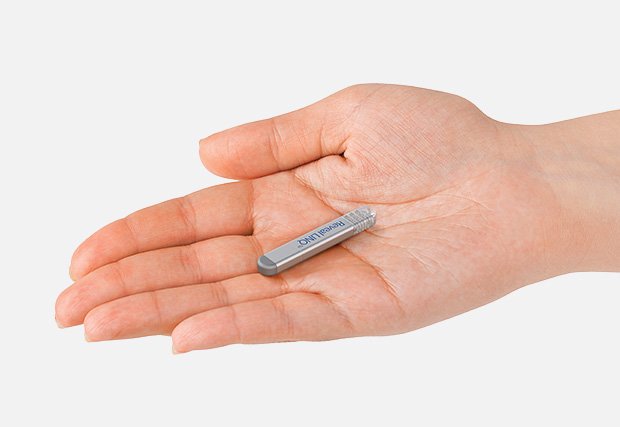According to the Centers for Disease Control and Prevention (CDC), nearly six million people in the U.S. have atrial fibrillation, or AFib. It affects more than nine percent of people aged 65 years and older. And many of those with AFib don’t even know they have it because they are not experiencing the signs and symptoms.
“AFib is a potentially devastating medical condition because it leads to 15 to 20 percent of ischemic strokes,” says Cardiologist Robert Orr, MD. “When blood pools in the heart’s left atrial appendage, clots can form and travel through the bloodstream, blocking the flow of blood to the brain and causing a stroke. If a patient has a stroke or transient ischemic attack, a neurological workup can determine the cause,” he says.
When a person has heart palpitations, an electrocardiogram (EKG) is usually done, and the patient may wear a Holter monitor for 24 to 48 hours to record heart activity. But even with these tests, abnormal rhythms may not be detected because they come and go, and these tests only capture heart rhythms for a short period of time.
Catching Elusive Arrhythmias
Cardiologist Robin Abdelmalik, MD, says Temecula Valley Hospital is gathering data on the heart’s electrical system by using the Reveal LINQ™ Insertable Cardiac Monitor (ICM) System. Also known as a loop recorder, the LINQ is a small monitor inserted just under the skin near the heart. It records electrical heart rhythms and helps doctors diagnose AFib, syncope and other arrhythmias. “The LINQ is used to identify cardiac arrhythmias that may be a precipitating cause once other factors are ruled out,” says Dr. Abdelmalik. The LINQ has helped him diagnose patients with arrhythmias that were previously undetected.
Tiny, but Powerful Technology
Inserting the wireless LINQ recorder is usually an outpatient procedure that generally takes less than 10 minutes. The device is one-third the size of an AAA battery and requires an incisionless than a centimeter. Once inserted, the device remains functional for up to three years. Heart rhythms are automatically monitored remotely 24/7. If a rhythm falls outside the doctor-set parameters, the device transmits it to the physician’s office. In addition, if the person feels an episode coming on, they can press a hand-held device that records the event and sends it to the doctor for immediate reading.
Dr. Abdelmalik says one of his patients passed out a few weeks after insertion and they were able to capture the recording. “Based on the data, we determined he needed a pacemaker, so we removed the LINQ, and at the same time, implanted a pacemaker," he says. The patient continues to do well and has had no further episodes.
One of Dr. Orr’s patients was experiencing bouts of dizziness. “After extensive tests, we could not find the cause, so we implanted the LINQ recorder. Data showed his heart was periodically stopping for three to four seconds. We implanted a pacemaker and it resolved the issue. We would not have found that if it wasn’t for the LINQ,” says Dr. Orr.

